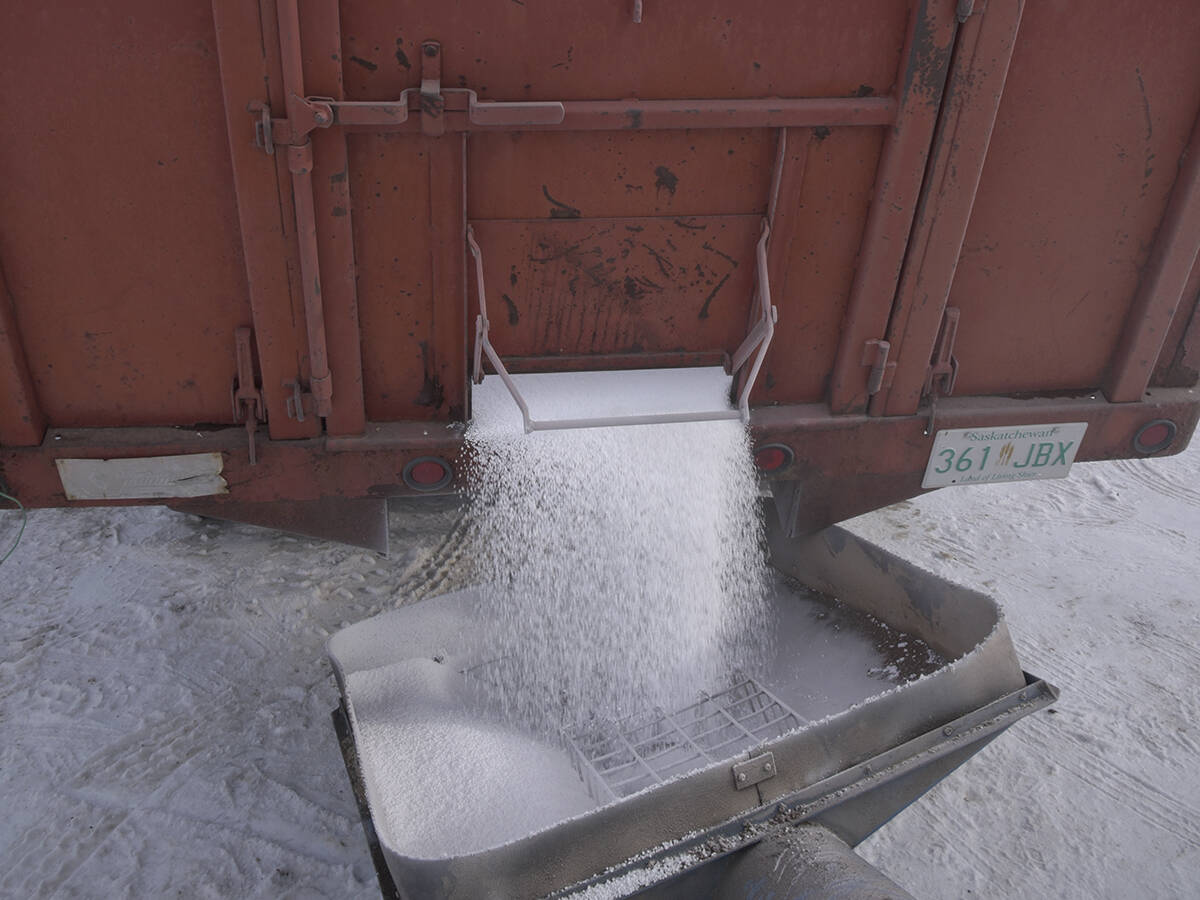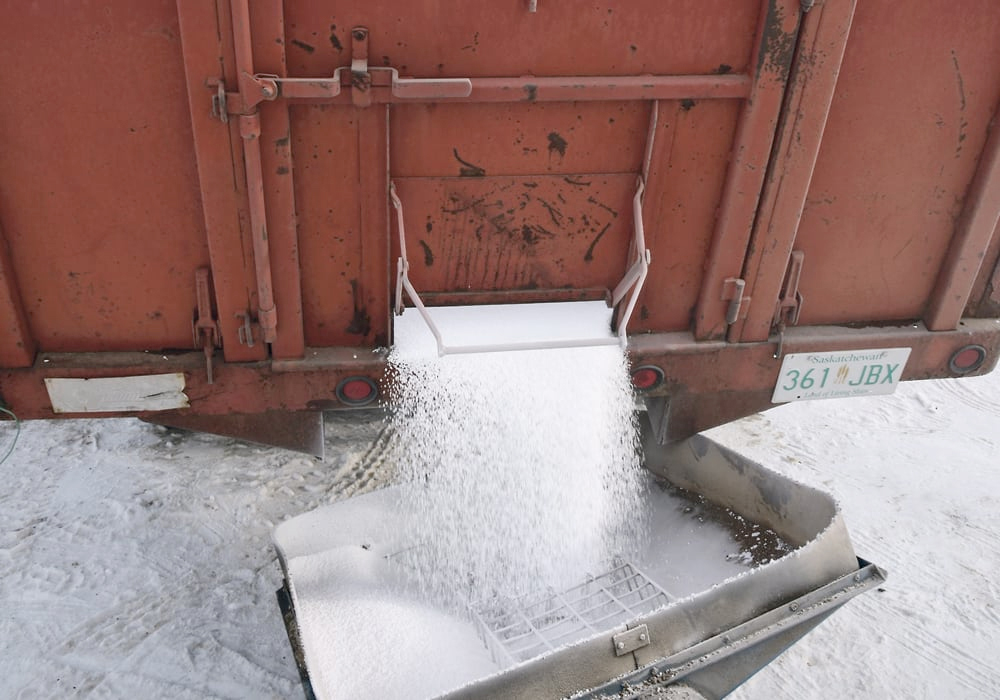Producers who haven’t yet purchased their urea fertilizer will want to do so before the second half of February. That was one of the recommendations from a Jan. 17 session at Manitoba Ag Days in Brandon.
The fertilizer market outlook was provided by Noah Bishop, a trader with ADM Fertilizer. ADM is a worldwide player in fertilizer markets, but Bishop noted that with the multiple factors that go into fertilizer pricing, predictions can easily be wrong. It isn’t as simple as nitrogen prices following corn or following the price of natural gas.
Read Also

Urea prices heading higher: analyst
A fertilizer market analyst thinks urea prices have bottomed out and are heading higher through the first quarter of 2026.
Factors to watch include transportation constraints such as low water levels on the Mississippi River. Levels have improved since Christmas, but are still causing issues. The Mississippi is the gateway for imported fertilizer into North America. The NOLA price refers to New Orleans/Louisiana.
Other factors are geopolitical, such as whether China decides to restrain exports or India decides to tender for more product. These factors are about as difficult to predict as the weather.
On nitrogen, Bishop notes that urea has dropped from the highs of previous years. Natural gas is now plentiful in Europe, and fertilizer plants are running again. Production has increased in other countries as well.
Urea prices bottomed out in the July-August time period, moved significantly higher in September and October and then softened into January. Prices have rebounded a bit recently with the price to prairie farmers currently around $700 a tonne.
Similar to many years, Bishop expects a seasonal increase in urea prices in the March to April time frame as North American demand increases. Thus, the recommendation to purchase by the second half of February if you haven’t already secured your spring needs.
Bishop notes the market may present opportunities after seeding for cheaper top dress tonnes.
The ADM fertilizer trader has a different recommendation for when to purchase ammonia. He says ammonia prices have seen precipitous declines with new production capacity coming on stream. For instance, Russia will likely resume exporting ammonia due to a new production facility. No rush to buy ammonia. Be patient. Unless something changes, it’s likely to continue becoming cheaper.
While nitrogen products are a better deal than previous years, phosphate is relatively expensive at nearly $1,100 a tonne and Bishop doesn’t expect that to change before seeding. He doesn’t recommend waiting to purchase spring phosphate needs. However, by the summer or fall, prices are likely to be lower.
Ammonium sulphate appears relatively firm due to reduced production in the United States. It’s relatively high priced at around $500 a tonne depending on location. Elemental sulphur is considerably less expensive per pound of sulphur.
On potash, Bishop says less volatility is expected than what we’ve seen in recent years. High prices of around $900 a tonne cut demand. With Israel a significant potash producer, he is watching the Red Sea situation in case that shipping route becomes more problematic. Right now, the market doesn’t seem overly concerned.
Potash is currently retailing in the $600 to $650 a tonne range. Some spring increase may occur, but it isn’t expected to be significant.
Some may wonder why urea and potash aren’t a lot less expensive in Canada when we’re a major producer. It’s a worldwide market, no different than other commodities, including grain. Product flows to where it makes the most economic sense after taking transportation costs and currency exchange rates into account.
Kevin Hursh is an agricultural journalist, consultant and farmer. He can be reached by e-mail at kevin@hursh.ca.
















